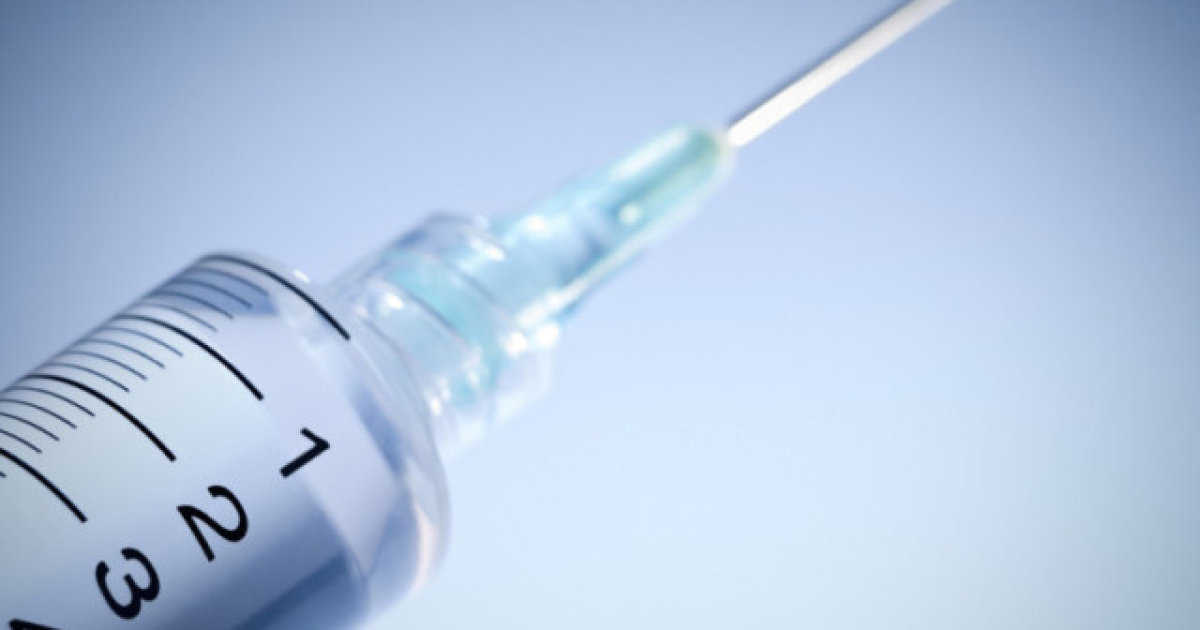Methods Of Treating Tennis Elbow (Lateral Epicondylitis)
Lateral epicondylitis, also known as tennis elbow, is a condition that occurs in the extensor carpi radialis brevis, which is the tendon that connects a long muscle located in the forearm to the elbow, often due to repetitive motions or from an injury. It is commonly seen in individuals who participate in activities such as tennis or other racket sports, weight lifting, or even fencing. However, lateral epicondylitis also is common in individuals who perform repetitive movements while gripping, such as painters and carpenters. Considered an overuse injury, tennis elbow can keep causing pain, even if individuals stop the aggravating activity. There are several treatment options to reduce pain and help with healing.
Ice The Affected Elbow

Ice and cold compresses are regularly used for injuries and conditions that result in pain and inflammation. Icing reduces swelling in an injured area by slowing down the blood flow. There are many commercial products to choose from, or individuals can make their own cold compresses with items they have handy at home. For instance, individuals can fill a bag with ice cubes, wrap it with a cool, damp cloth, and place it on the injured area. Patients with tennis elbow should ice the affected elbow for fifteen to twenty minutes, three times a day until the pain recedes. If the swelling is prominent or pain is severe, patients may want to apply the compress every two hours until they notice some relief.
Reveal the next method of treating lateral epicondylitis now.
Protect Injury From Further Strain

Patients can protect the injury from further strain by limiting the activity that caused tennis elbow to occur in the first place, giving the tendon some time to heal. However, it is not always possible to completely avoid movements that may cause pain. In these cases, specially designed elbow straps can be used to prevent excessive strain on the tendon. These straps work by changing the central focus of a movement, helping decrease movement of the affected tendon during recovery. While reducing certain motions can help prevent further strain, keeping the area immobilized can do more harm than good. Thus, patients must be sure to keep their elbow moving properly during the recovery process.
Continue reading to learn more about how to treat lateral epicondylitis.
Get Physical Therapy

Specific exercises can be used to keep the affected elbow flexible and limber while tennis elbow is healing. Physicians may provide patients with a list of exercises that will work with their unique needs in mind. Many of these exercises may help patients work on grip and wrist movements, as it is overuse that leads to tennis elbow. If patients require more rehabilitation, their physician may recommend physical therapy. This can help patients regain any lost range of motion that may have occurred during their recovery while also strengthening and stretching muscles and tendons to prevent injuries to the area in the future
Get the details on the next lateral epicondylitis treatment option now.
Take Nonsteroidal Anti-Inflammatory Medication As Directed

Nonsteroidal anti-inflammatory medications are commonly recommended to reduce pain and inflammation associated with injuries or certain health conditions. These medications reduce pain and swelling by blocking certain enzymes in the body to reduce the inflammatory response. Patients can get these medications over the counter or with a prescription. While nonsteroidal anti-inflammatory medications are effective at reducing the swelling and pain of lateral epicondylitis, they do carry a risk of side effects, especially with long-term use. Thus, it is important to take nonsteroidal anti-inflammatory medication as directed to reduce the risk of bleeding, ulcers, and delayed healing.
Get familiar with the next way to treat lateral epicondylitis now.
Surgical Repair

If less invasive treatments don't take care of tennis elbow within a few months, patients may need to have surgery. During the surgical repair, the affected portion of the tendon may need to be removed if the damage is severe. The surgeon can then repair what remains of the tendon. Surgery can usually take care of the problem. In fact, surgical repair of the tendon has a success rate of up to ninety percent. Patients must be sure to follow all post-operative instructions regarding their recovery. If patients push themselves too hard and try to work the tendon again too soon, they could cause further damage. All patients should follow their recovery at the pace recommended by their physician for optimal healing.
Keep reading to discover more methods used to treat tennis elbow now.
Wear Orthotic Devices

One thing that might help treat tennis elbow is to wear orthotic devices. These devices are designed to offer cushioning and support, which helps encourage the healing process. An elbow brace may be used as a form of support. These braces place direct pressure on the elbow's outer side, and are typically designed to affect the thickest portion of the forearm. By adding pressure to the extensor muscles, the brace reduces tension in the place where the muscles attach to the elbow, which in turn reduces pain. One study indicated individuals with tennis elbow who used a sleeve-style or strap support brace saw an immediate increase in their ability to grip a racket without pain.
Discover more options for treating tennis elbow now.
Corticosteroid Injections

Corticosteroid injections are one of the most traditional ways of treating pain caused by tennis elbow. In fact, for decades, the standard treatment has been to use a combination of physical therapy and corticosteroid injections. Cortisone is a substance that mimics cortisol, a naturally occurring hormone the adrenal gland produces. It reduces inflammation and, when injected, helps calm excited nerves in an injured area. With this in mind, however, corticosteroid injections should be used alongside other treatments. They're effective for managing inflammation and pain, but they don't heal the underlying damage to the tendon. For full recovery, tendon healing is also necessary. Patients should talk to their doctors about whether they're good candidates for a corticosteroid injection as a pain relief treatment for tennis elbow.
Learn more about how tennis elbow is often treated now.
When Normal Activities Can Resume

After the initial injury, many doctors will recommend that patients rest the affected arm and not partake in tennis or other strenuous activities during the healing process. Even when affected individuals can still play tennis, they typically need to play less often and take more breaks. This leads many to impatiently wonder when normal activities can resume. Professional or frequent tennis players who simply can't stop can have their doctor refer them to experts who can examine the injury and suggest modifications for their athletics. With most cases of tennis elbow, the pain eases in two weeks or less, and full healing takes four to six weeks. During this time, patients will engage in exercises to help repair and strengthen the tendon. They should continue these exercises for at least six to eight weeks following the disappearance of their pain, or else their symptoms may return. Each patient should always ask their doctor about whether it's okay to resume normal activity.
